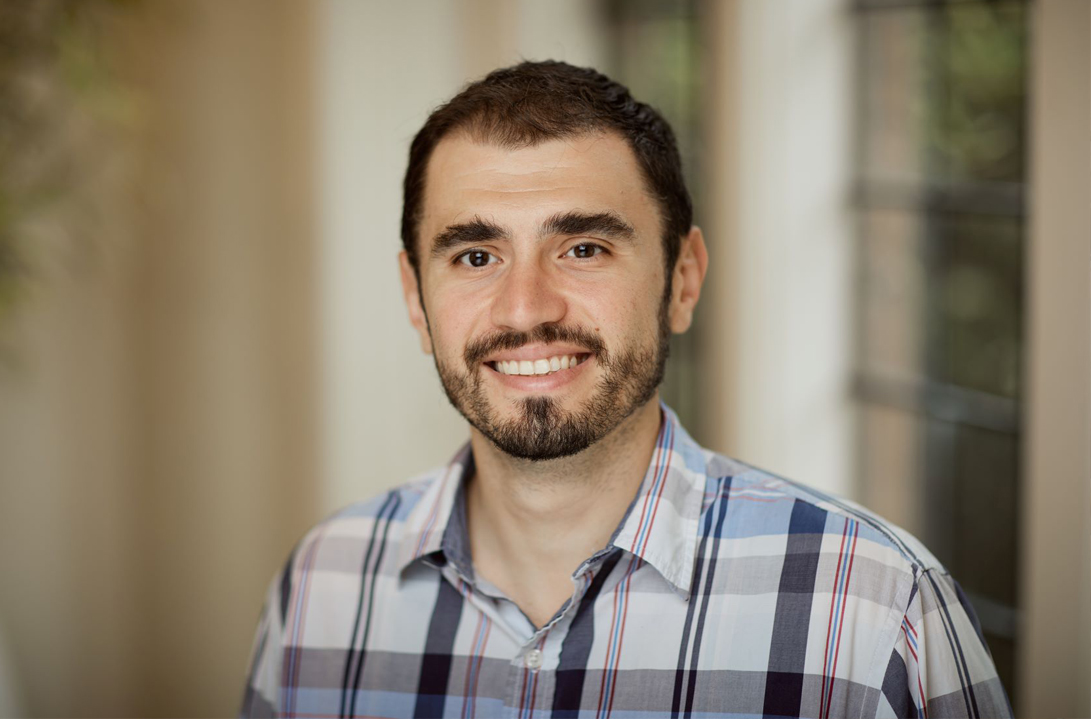PROFILE
I have for the last 20 years worked on applying marketing theory and tools to design and evaluate behaviour change interventions that improve the status of biodiversity. I have worked globally across Latin America, South and Southeast Asia and West and Central Africa in topics as varied as illegal wildlife trade, human-wildlife conflict, overfishing or invasive species management.
I am currently a Senior Researcher at the University of Oxford. Between 2019 and 2023 I was the Head of Impact and Measurement for On the Edge, a visual storytelling charity based in London. From 2017-19 I was a Oxford Martin Fellow at the Oxford Martin Programme on the illegal Wildlife Trade at the University of Oxford, and a Postdoctoral Fellow at San Diego Zoo Global. I always had an interest in nature and started working in conservation at 17 started working as an conservation educator at Lisbon Zoo, in Portugal, my home country.
I am currently the Chair of the IUCN Behaviour Change Science Taskforce, a co-founder and board member of the European Social Marketing Association and a National Geographic Explorer. From 2018 to 2022 I was the Vice-President of the International Social Marketing Association. Prior to that I was the co-founder and Chair of the Conservation Marketing Working Group of the Society for Conservation Biology.
In 2017 I was recognized by the Society for Conservation Biology, with their Early Career Conservationist Award and in 2016 by the IUCN Commission of Education & Communication with their Young Professional Award.
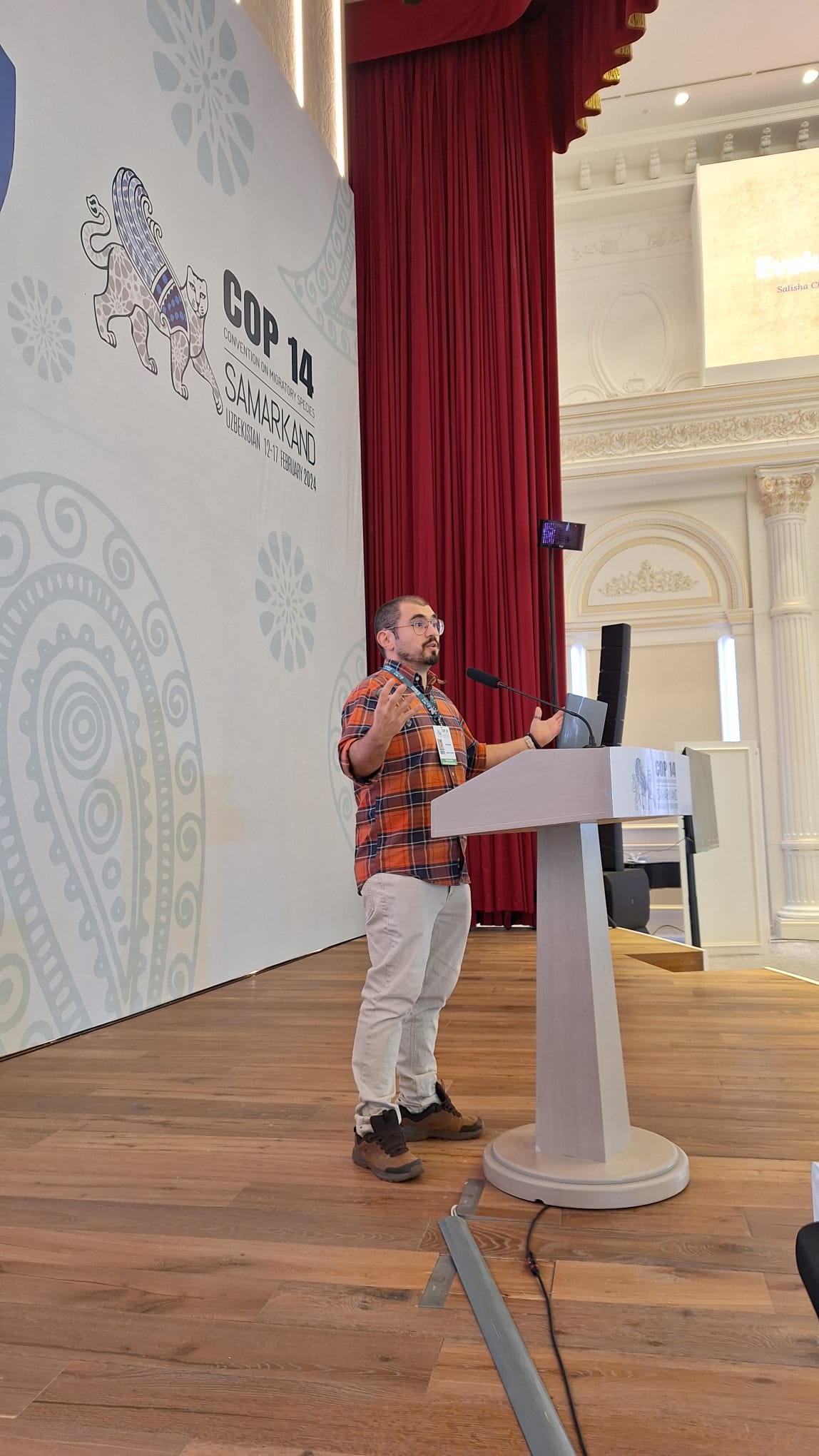
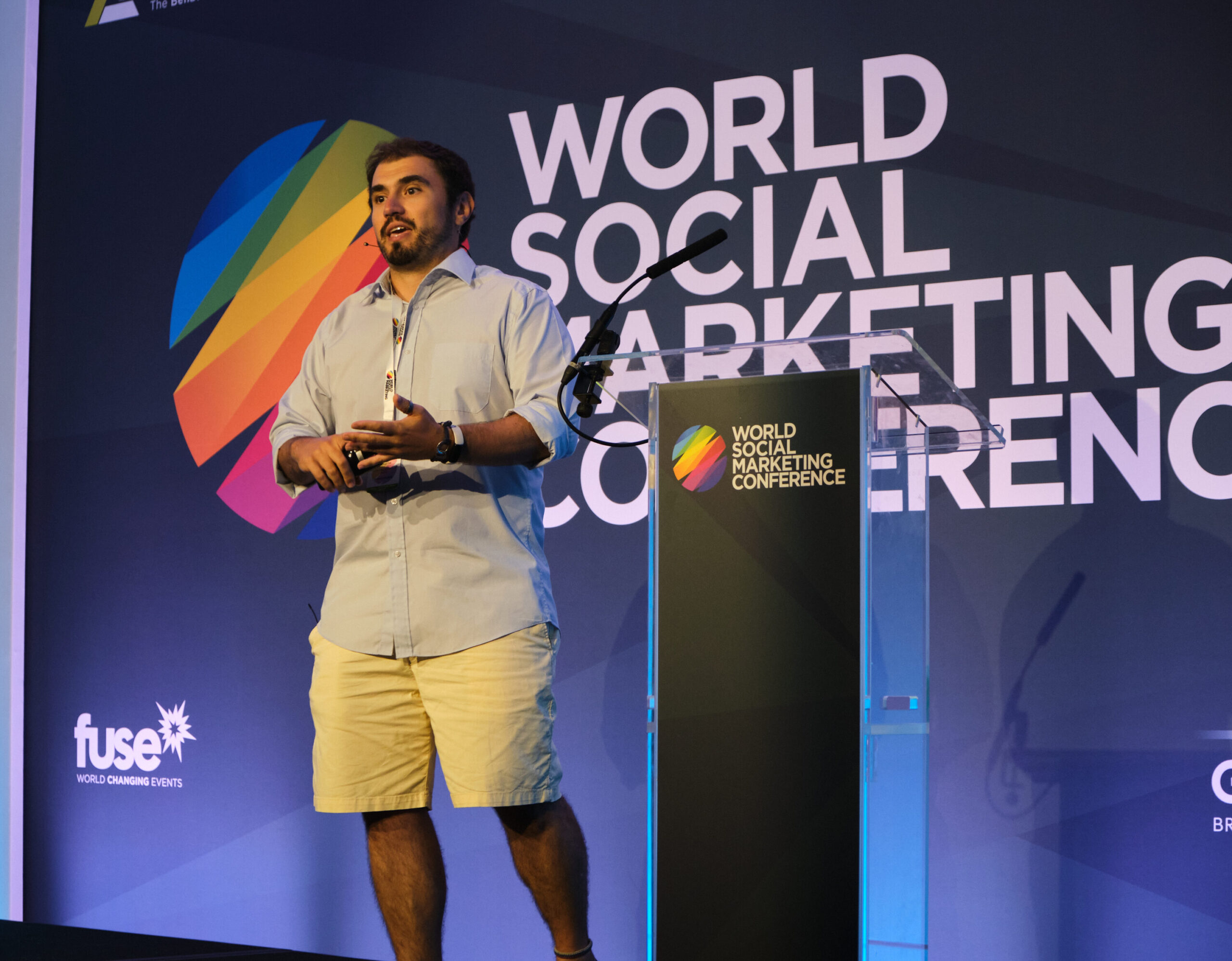
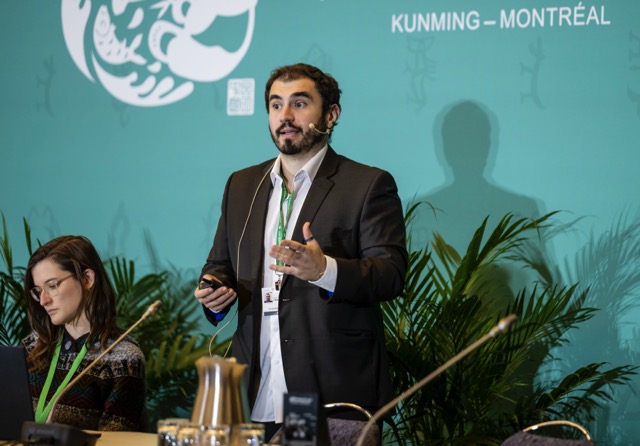
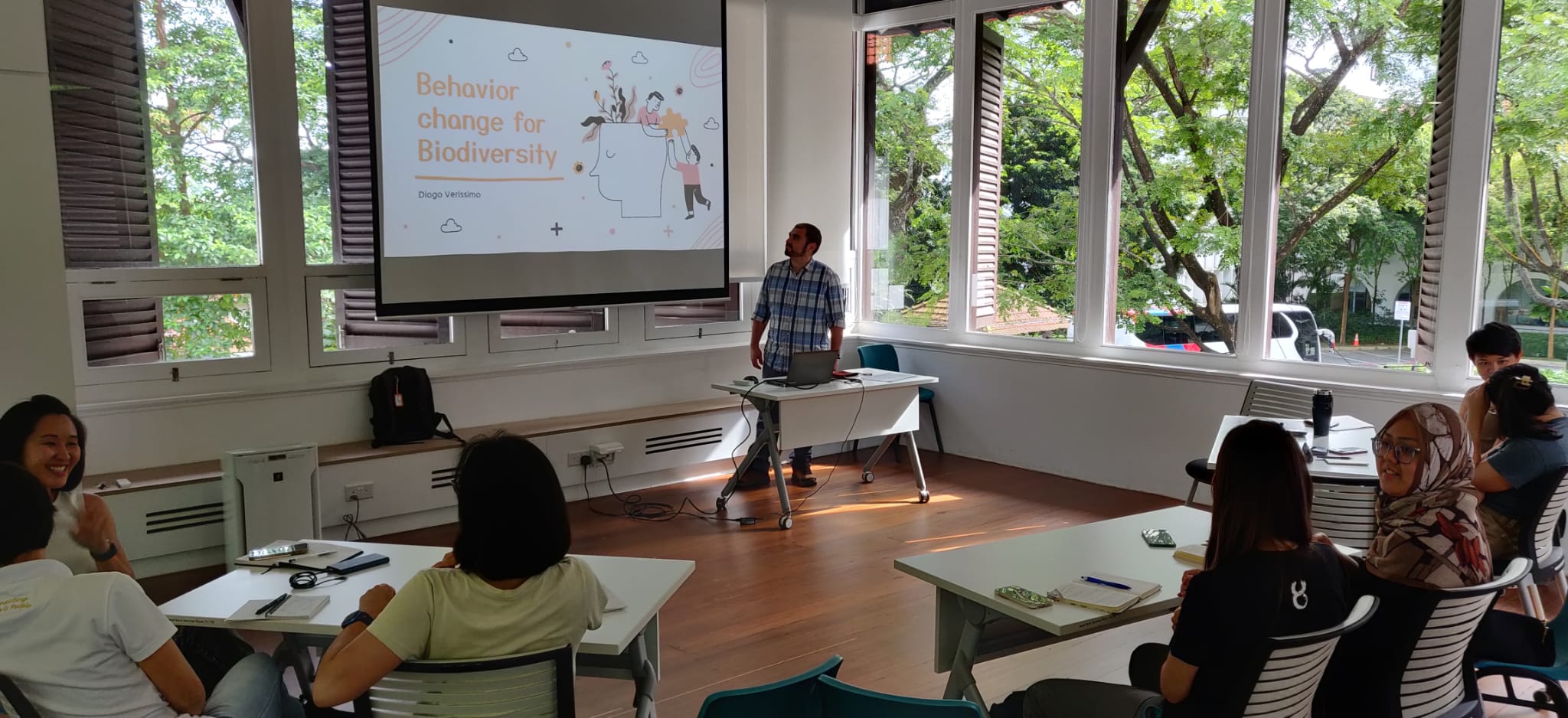
SELECTED PUBLICATIONS
Banning Wildlife Trade Can Boost the Unregulated Trade of Threatened Species
Impact on species’ online attention when named after celebrities
The Elephant Queen: can a nature documentary help to increase tolerance towards elephants?
Understanding author choices in the current conservation publishing landscape
Designing celebrity-endorsed behavioral interventions in conservation
Changing Human Behavior to Conserve Biodiversity
Banning Wildlife Trade Can Boost the Unregulated Trade of Threatened Species
Impact on species’ online attention when named after celebrities
Celebrities can generate substantial attention and influence public interest in species. Using a large-scale examination of publicly available data, we assessed whether species across 6 taxonomic groups received more page views on Wikipedia when the species was named after a celebrity than when it was not. We conducted our analysis for 4 increasingly strict thresholds of how many average daily Wikipedia page views a celebrity had (1, 10, 100, or 1000 views). Overall, we found a high probability (0.96–0.98) that species named after celebrities had more page views than their closest relatives that were not named after celebrities, irrespective of the celebrity threshold. The multiplicative effect on species’ page views was larger but more uncertain as celebrity page-view thresholds increased. The range for thresholds of 1 to 1000 was 1.08 (95% credible interval [CI] 1.00–1.18) to 1.76 (95% CI 0.96–2.80), respectively. The hierarchical estimates for the taxa tended to be positive. The strongest effects were for invertebrates, followed by amphibians, reptiles, fish, and mammals, whereas the weakest effect was for birds at lower page-view thresholds. Our results suggest that naming species after celebrities could be particularly significant for those belonging to taxonomic groups that are generally less popular than others (e.g., invertebrates). Celebrities may further influence the effectiveness of this marketing strategy, depending on their likability and connection to the species named after them. Eponyms may serve as a reminder of the disproportionate power dynamics between populations and some namesakes’ untenable actions. However, they also provide an opportunity to recognize remarkable individuals and promote equity, inclusivity, and diversity in taxonomic practice. We encourage taxonomists to examine whether naming threatened species after celebrities could affect conservation support, especially for species that are otherwise typically overlooked by the public.
